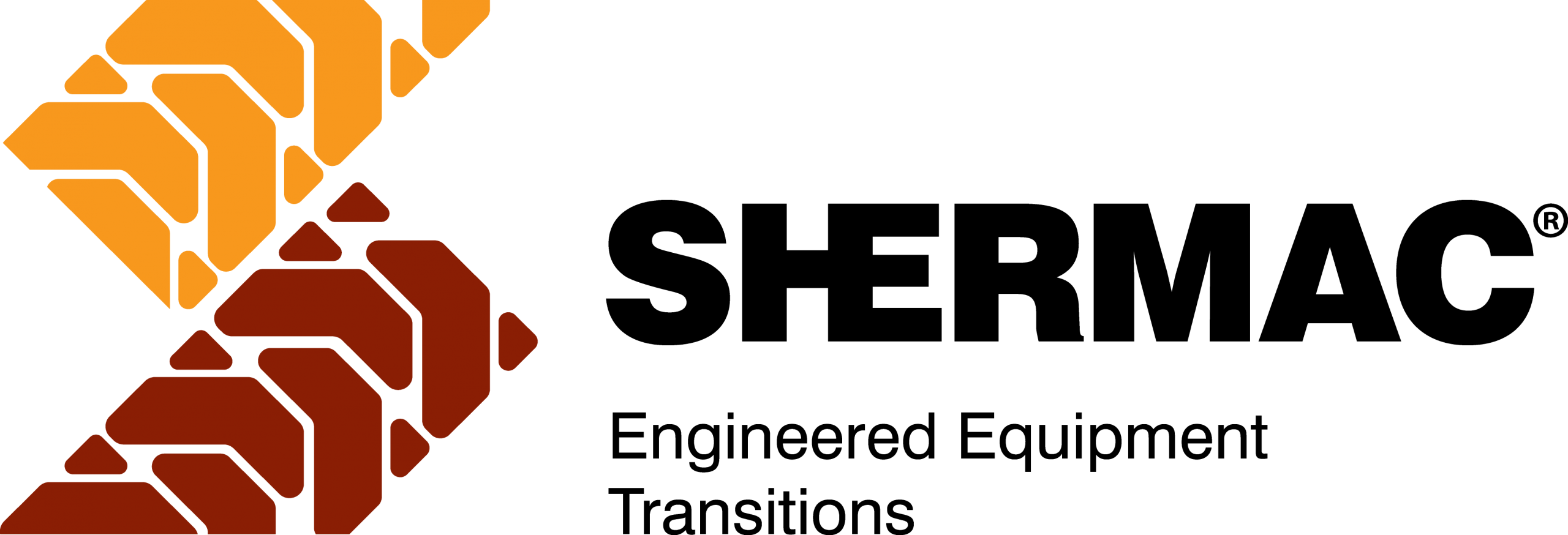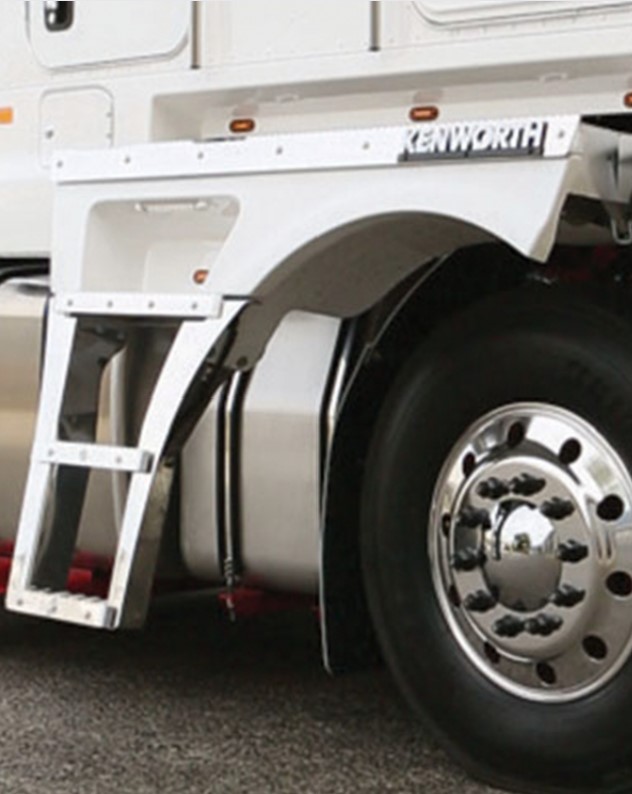Shermac have been designing and building service trailers for mining, civil, and commercial operators across Australia since 2002. The latest range of service trailers from Shermac are a culmination of two decades of experience and continuous improvement.
Standard models include the smaller MTS1500 that is typically less than 2,000kgs when full, with an aggregate fluid carrying capacity of approximately 1,000L, and the larger MTS2000 which can be up to 3,500kgs, with a fluid carrying capacity of approximately 1,750L.
So why are Shermac service trailers the ultimate on-site service solution for small or large operations?
Tailored configurations for unmatched versatility
Service trailers can be configured to suit the specific needs of customers. At the heart of this adaptability are custom-size self-bunded tanks for diesel, oil, grease, coolant, and water. Roto-moulded polyethylene tanks are stronger, more robust, and lighter than steel tanks and, available in a range of sizes, they can be configured, with appropriate dispensing equipment, to support any application or need.
Built tough to go anywhere
Engineered to ‘mine-spec’ standards, Shermac Service Trailers are primed to tackle the harshest environments. All equipment is mounted on a heavy-duty trailer with a unique Shermac chassis design and equipped with over specified, locally sourced suspension, axles, wheels and brakes. All dispensing equipment is securely enclosed in lockable compartments, ensuring durability and protection.
Operator-centric ergonomics
Shermac prioritises operator safety and comfort. Conveniently located hose reels and operating equipment at waist height, along with spring rewind hose reels, provide ease of use. Lightweight one-piece swing-up aluminium doors with gas stay supports ensure security and provide weather protection for the operator. Our trailers are well equipped with work lights and courtesy lights illuminate the interior of the canopy.
Lower weight increases versatility
Combat weight restrictions with Shermac’s innovative use of roto-moulded poly tanks. Not only are they extremely durable, but they also contribute to weight savings of up to 600kg per trailer. This weight efficiency allows for additional tools, parts, and fluids, enhancing operational capabilities.
Power supply options
Shermac service trailers offer several power supply options including an air connection at the front of the trailer to utilise the compressor on the towing vehicle or on-board diesel-powered compressors or generators.
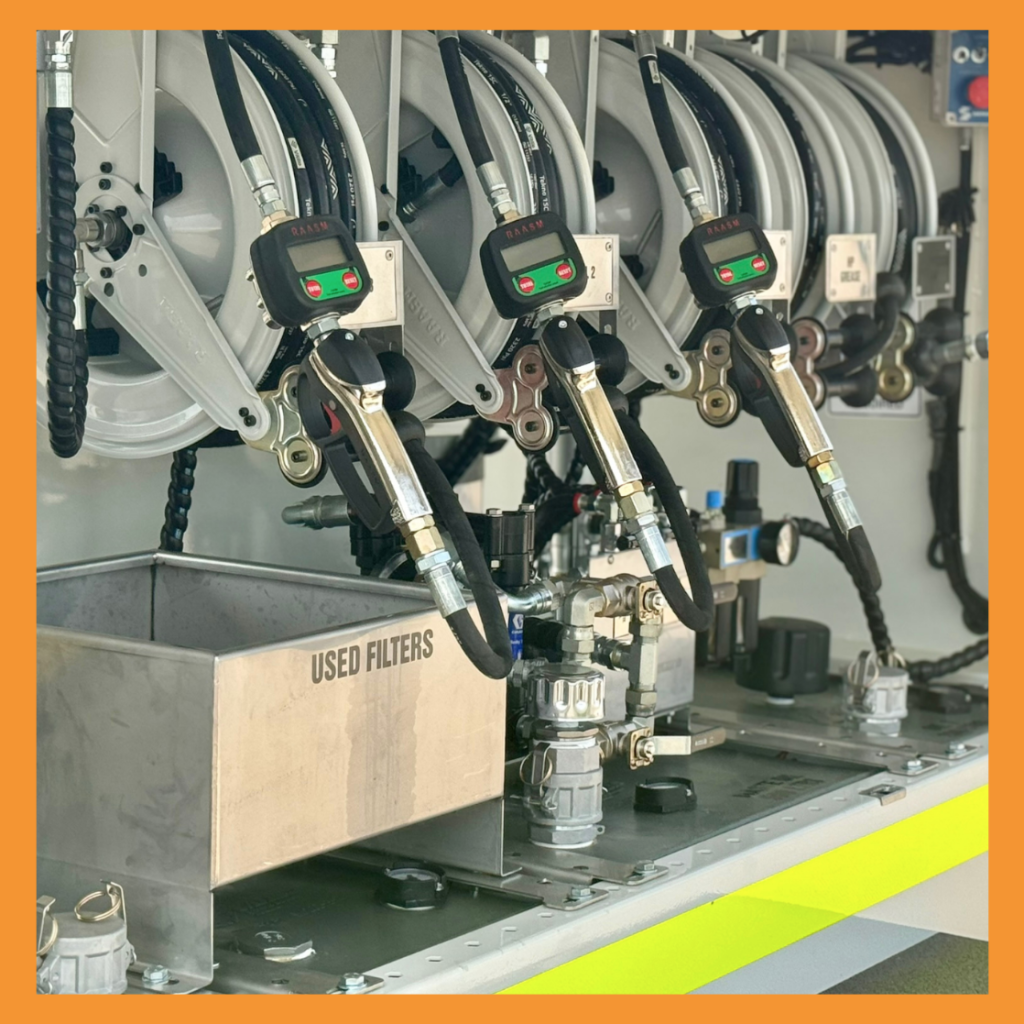
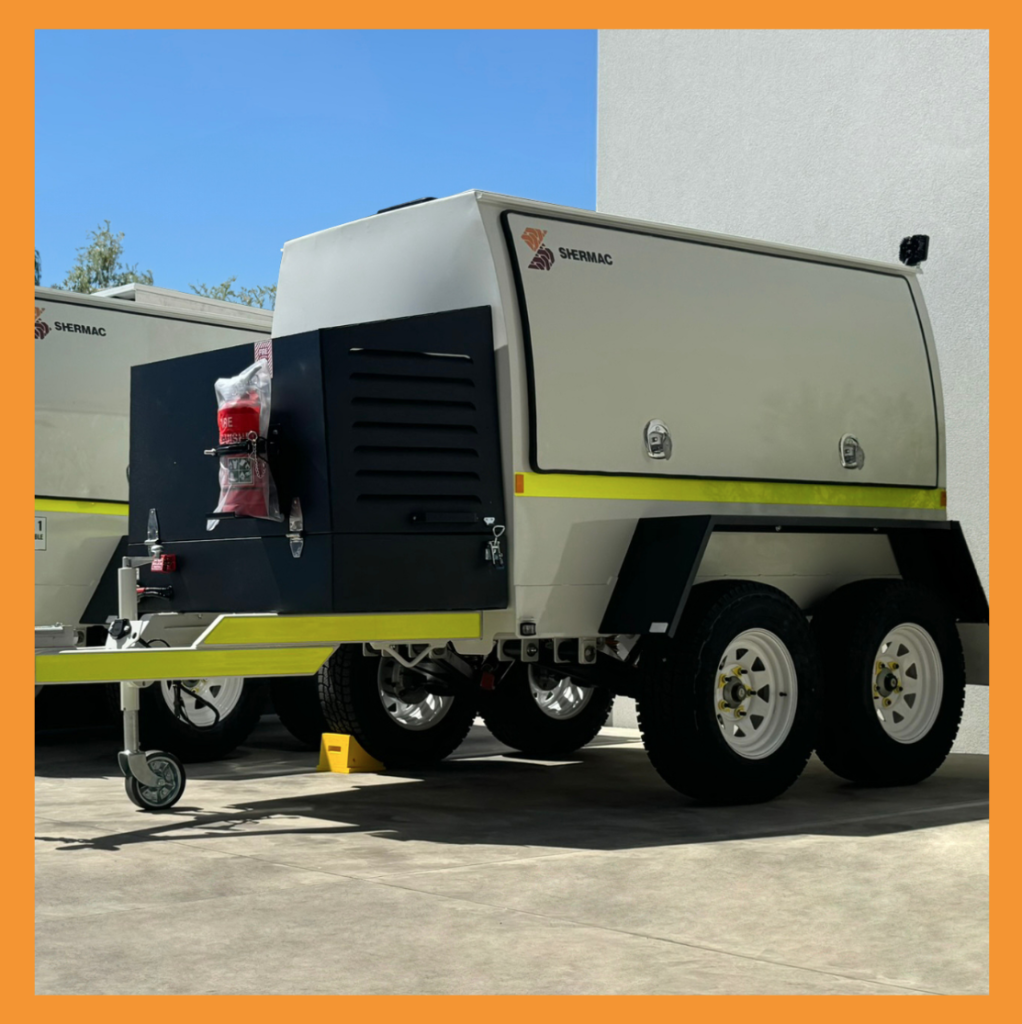
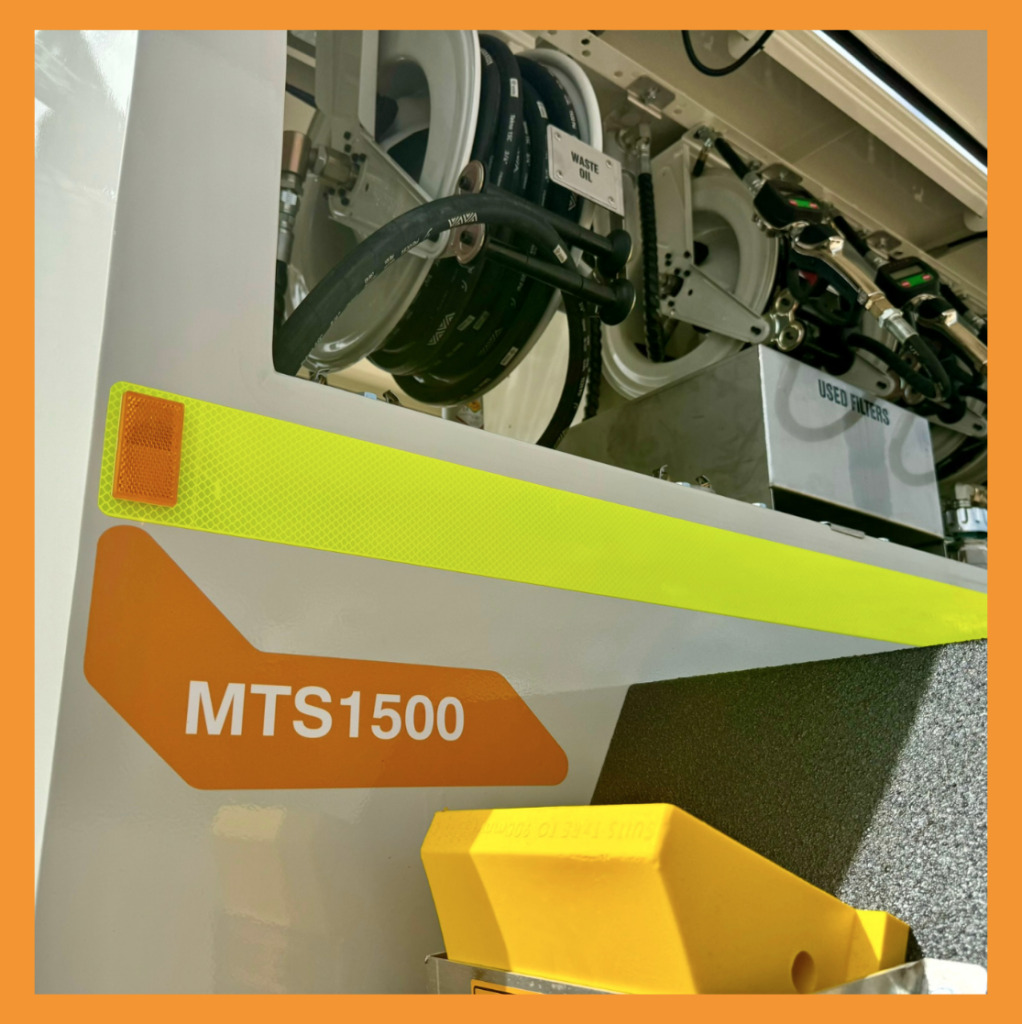
Fully featured for maximum efficiency
Benefit from a comprehensive set of standard features unique to Shermac service trailers. Options abound, including metered control nozzles, product filtration, spare wheels, and a high-pressure washer, providing a fully equipped solution.
Waste oil management made easy
Trailers are equipped with a waste fluid system that is configured with a diaphragm pump for evacuating and out-loading waste fluids direct from the machine. Standard configurations also include a draining station for filters that drains waste oil directly into the waste oil tank.
Availability and short lead times
In a world of supply chain uncertainty, the use of smart forecasting, a focus on locally made components and long-term supply relationships significantly reduces lead times. Customers benefit from short lead times and can still configure trailers to best suit their requirements.
Unlocking value with lowest cost of ownership
Shermac service trailers offer not just the right price but the lowest lifetime cost. Tailored configurations optimise performance, selected equipment ensures reliability, and design facilitates quick and easy operator maintenance.
End-to end support
Shermac service trailers are manufactured in Western Australia and delivered to clients anywhere across Australia and New Zealand. With on-demand technical support, substantial parts inventory, and a national support network, you can rely on Shermac to help you optimise productivity and utilisation.
Enhance your brand
Shermac service trailers are a serious workhorse for professional operators and say a lot about your approach to support and service. With large single-piece doors providing ample space for promotional material, these trailers become an ideal mobile signboard for your business.
Experience you can rely on
The Shermac team has a deep understanding of operating in remote areas of Australia, so we can relate to the tough conditions that customers deal with every day. Shermac products reflect the sum of our experience and a passionate desire to push boundaries and provide our customers with unmatched peace-of-mind.
Australian-made
Shermac have been manufacturing superb quality service trailers in regional Western Australia for over 20 years. When you select Shermac products, you are supporting a family-owned business, a regional employer, and a passionate supporter of the communities in which they live and work.
—–
If you’d like to learn more about Australia’s best and most versatile service trailer, please call our team on 1300 799 943 or email [email protected] with your inquiry.
